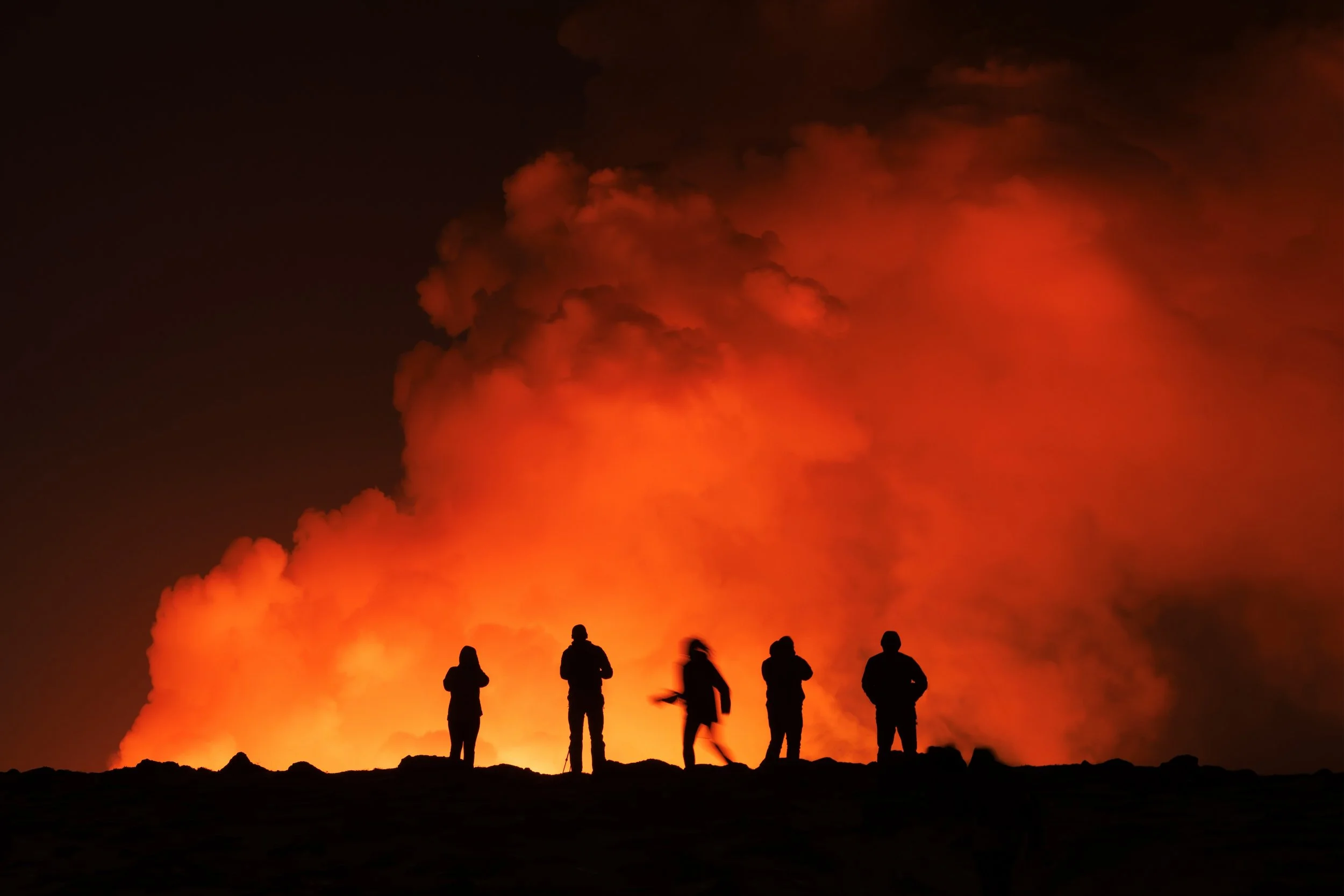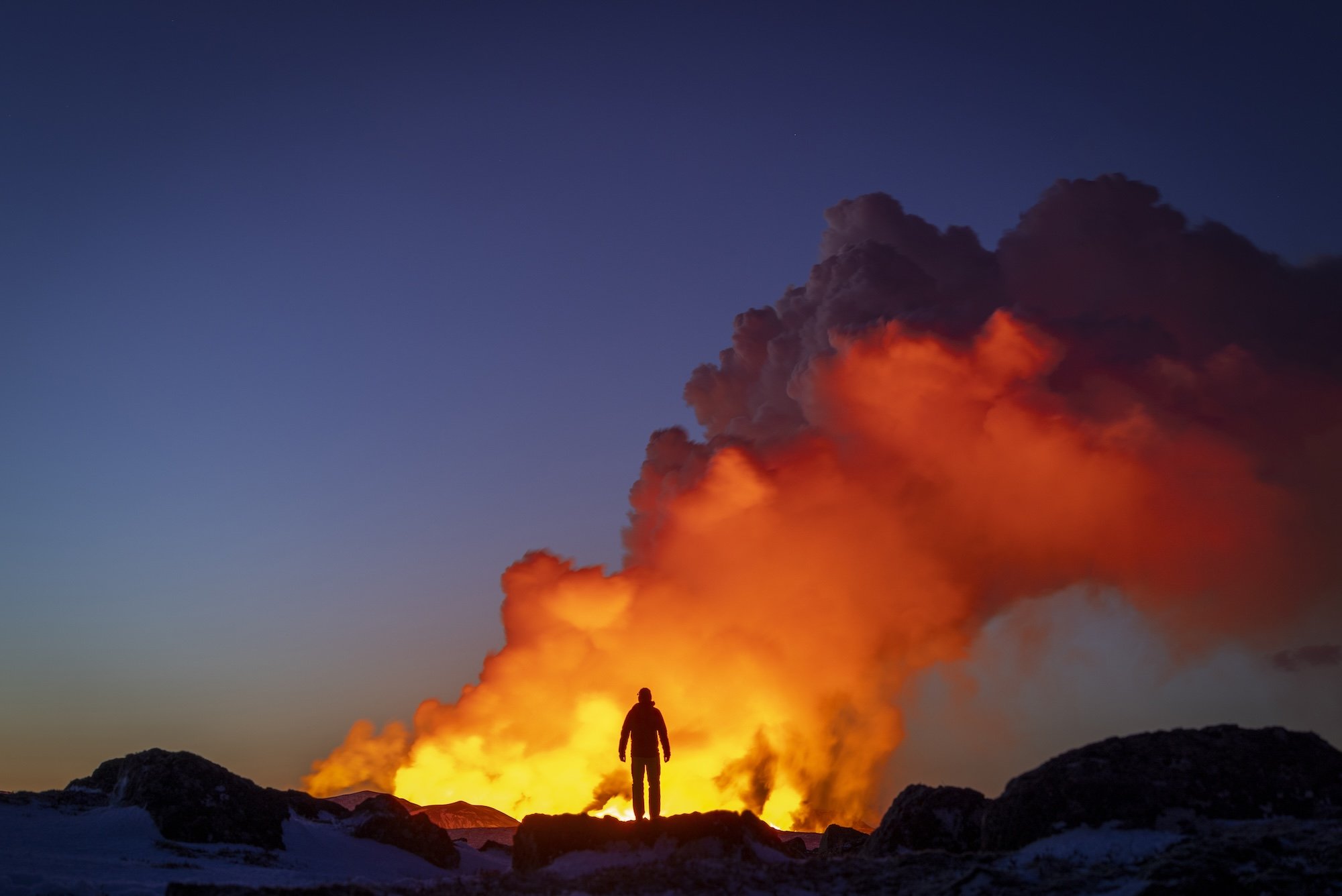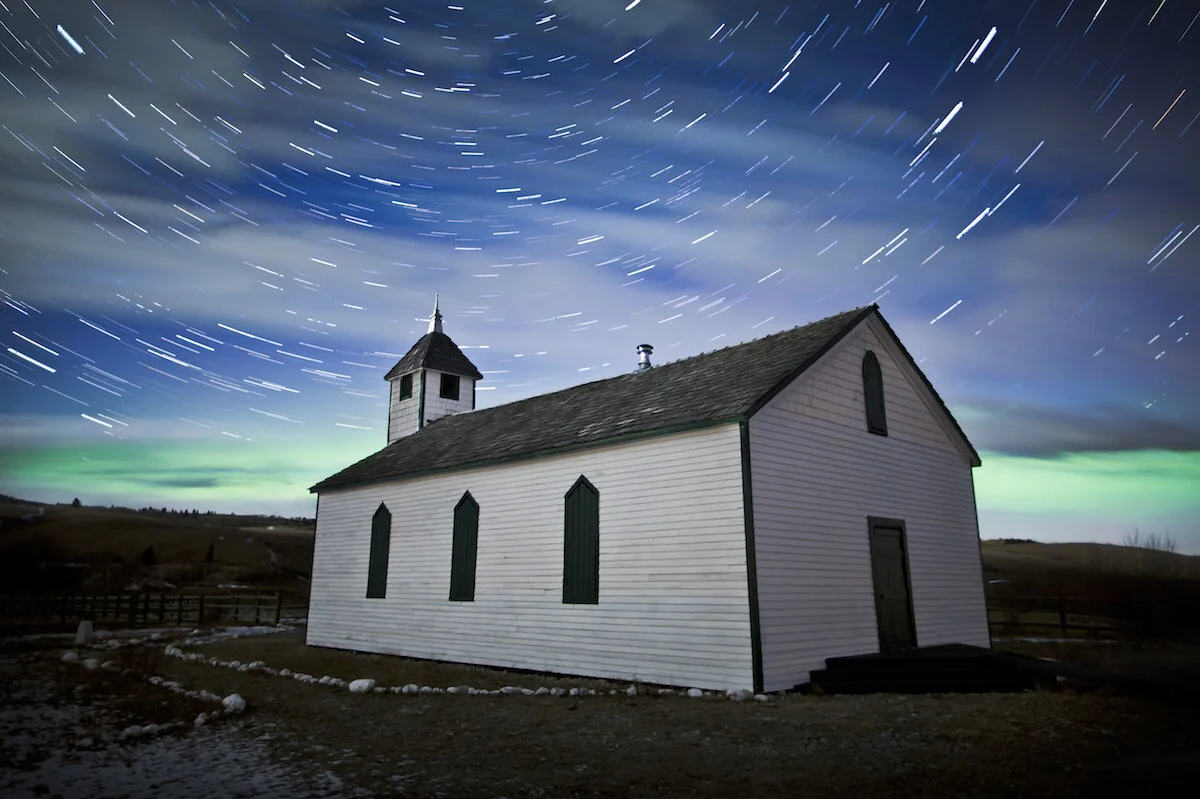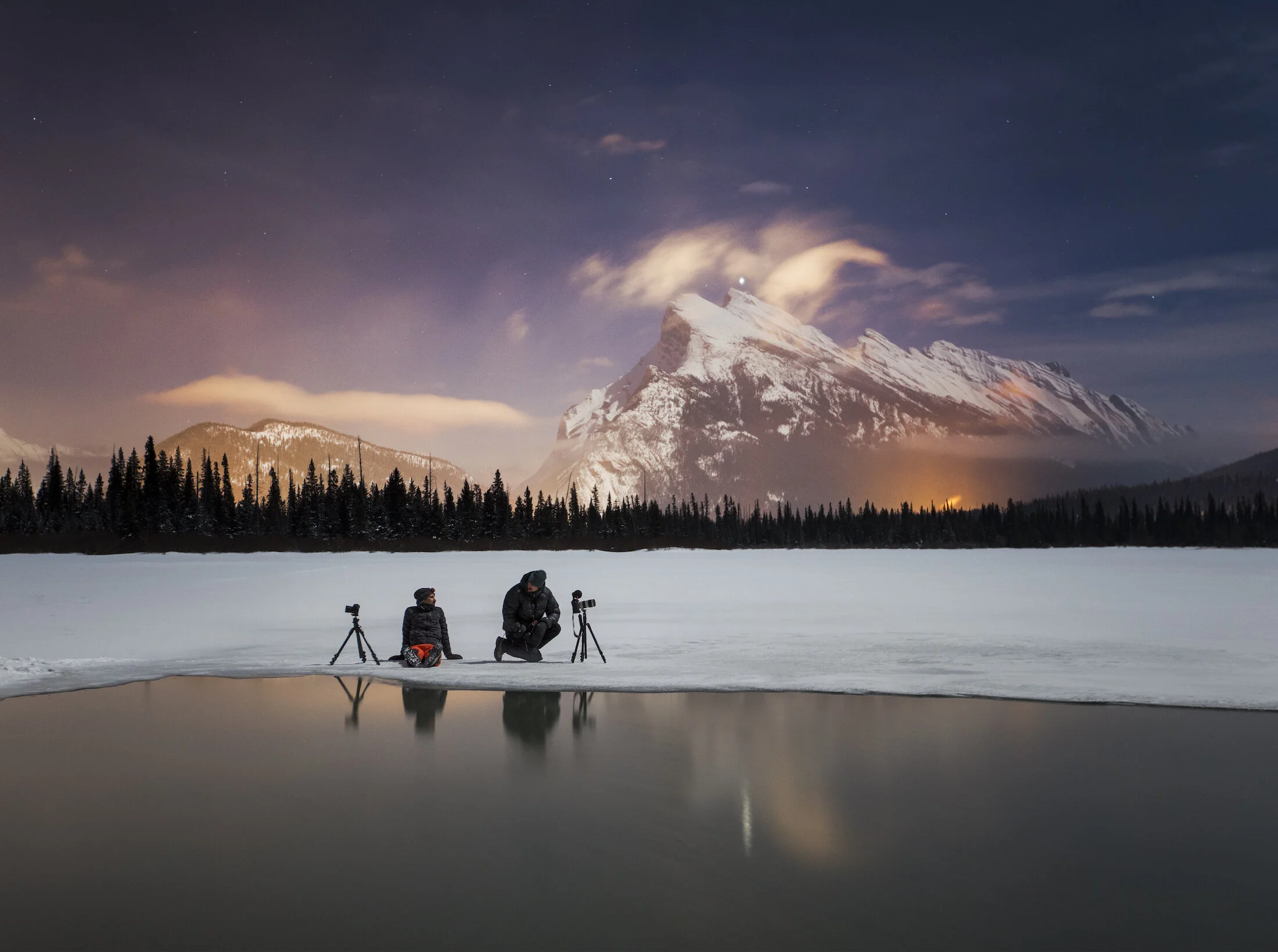
Documenting the Sundhnúkagígar Eruption in Iceland
Iceland has long captivated me with its dramatic landscapes shaped by volcanic activity. Even before I became a photographer, I was enthralled by this island. At the conclusion of my undergrad in Earth and Ocean Sciences, I walked across Iceland and became familiar with its rugged terrain. Since then, I have returned several times, including this month when the Sundhnúkagígar eruption occurred.
Iceland has long captivated me with its dramatic landscapes shaped by volcanic activity. Even before I became a photographer, I was enthralled by this island. At the conclusion of my undergrad in Earth and Ocean Sciences, I walked across Iceland and became familiar with its rugged terrain. Since then, I have returned several times, including this month when the Sundhnúkagígar eruption occurred.
Our OFFBEAT group capturing the eruption later on the day we were evacuated, from a safe distance. Photo: Paul Zizka.
I was staying at the Northern Light Inn with a group, co-leading an OFFBEAT photography workshop, when on our last morning we were awoken very early by the call to evacuate. Just two kilometres away, a volcano erupted along a three-kilometre fissure northeast of Mount Sýlingarfell. We promptly packed our bags and within 20 minutes were walking to our vehicles to join a convoy away from the area. Soon, we got sight of the lava fountains shooting 80 metres into the air. It was an unforgettable experience, and somewhat painful for a group of photographers who would have loved to capture it on camera. But, safety first - we got out and soon after the lava flowed across the road.
CBC’s The National featured the events and a short interview with me on February 12, 2024.
Later, from a safe distance our group was able to observe and photograph the eruption. It will stand as one of the most remarkable and surreal experiences of my life. I am grateful there was no loss of life, though the lava did burst a major water pipeline, leaving several communities on the Reykjanes Peninsula without heat and hot water.
Here are a few more photographs and videos from the events that transpired that memorable experience.
→ I’m heading back to Iceland in 2026 with OFFBEAT! Learn more here and join us for this next adventure!
Workshop participants capturing an unforgettable moment. Photo: Paul Zizka.
A self-portrait taken with the distant lava fountains (Canon RF100-500). Photo: Paul Zizka.
Self-portrait with the Sundhnúkagígar Eruption in Iceland. Photo: Paul Zizka.
Sundhnúkagígar Eruption in Iceland. Model Kris Andrea. Photo: Paul Zizka.
See more in the news:
Iceland's erupting volcano an 'unforgettable' close encounter, says Alberta photographer
If any of these images catches your eye, please reach out to me for any custom print orders. I’m happy to print in a variety of sizes and formats.
10 Favourite Places to Shoot the Northern Lights
I’ll admit it: the northern lights are intoxicating. For many years I’ve been drawn to cold, northerly destinations, both as a photographer and an adventurer. And beyond the desolate beauty and landscapes of these locations, whether it’s Greenland or Canada’s northern territories, it’s icing on the cake that they also provide us with the best opportunities to shoot the aurora borealis.
I’ll admit it: the northern lights are intoxicating. For many years I’ve been drawn to cold, northerly destinations, both as a photographer and an adventurer. And beyond the desolate beauty and landscapes of these locations, whether it’s Greenland or Canada’s northern territories, it’s icing on the cake that they also provide us with the best opportunities to shoot the aurora borealis.
Here are my top 10 favourite locations around the globe to shoot the northern lights, in no particular order of preference:
1. Alaska
In a nutshell: Perfect latitude, fantastic scenery to pair up with lights. Cloud cover can be an issue.
When to go: October to March.
Denali National Park, Alaska, USA. Photo by Paul Zizka Photography.
2. Canadian Prairies
In a nutshell: Nice low horizon, easy access. You need a decent show.
When to go: Year-round.
Canadian Prairies. Photo by Paul Zizka Photography.
3. Canadian Rockies
In a nutshell: Some of the most incredible skylines to pair with lights. Great displays are rare. High horizons make it more challenging to shoot.
When to go: Year-round.
Banff National Park. Photo by Paul Zizka Photography.
→ Check out these Resources for Shooting the Canadian Rockies.
4. Greenland
In a nutshell: Zero light pollution, mind-blowing scenery. More difficult/expensive to access. Strong displays frequent.
When to go: September to April.
Greenland. Photo by Paul Zizka Photography.
→ You’ll also find my Aurora Watching Web Resources here.
5. Iceland
In a nutshell: Easier, cheaper access. Weather can be an issue. Good latitude, great landscapes. More people.
When to go: September to April.
Iceland. Photo by Paul Zizka Photography.
6. Labrador
In a nutshell: Super dark skies, very wild. Access can be difficult. Some incredible skylines.
When to go: September to April.
Torngat Mountains National Park. Photo by Paul Zizka Photography.
7. Norway
In a nutshell: Good latitude. Stunning landscapes. Weather can be an issue.
When to go: September to April.
Norway. Photo by Paul Zizka Photography.
8. Nunavut
In a nutshell: Very little light pollution, incredible scenery. Lower temperatures to deal with. More difficult/expensive to access. Strong displays frequent.
When to go: September to April.
Nunavut. Photo by Paul Zizka Photography.
9. Northwest Territories
In a nutshell: Very little light pollution, low horizons, surprisingly great access. Strong displays very frequent.
When to go: September to April.
Yellowknife, Northwest Territories. Photo by Paul Zizka Photography.
10. Yukon
In a nutshell: Very little light pollution, fairly easy/inexpensive access. Great latitude for aurora.
When to go: September to April.
→ Check out my Aurora Watching Web Resources
